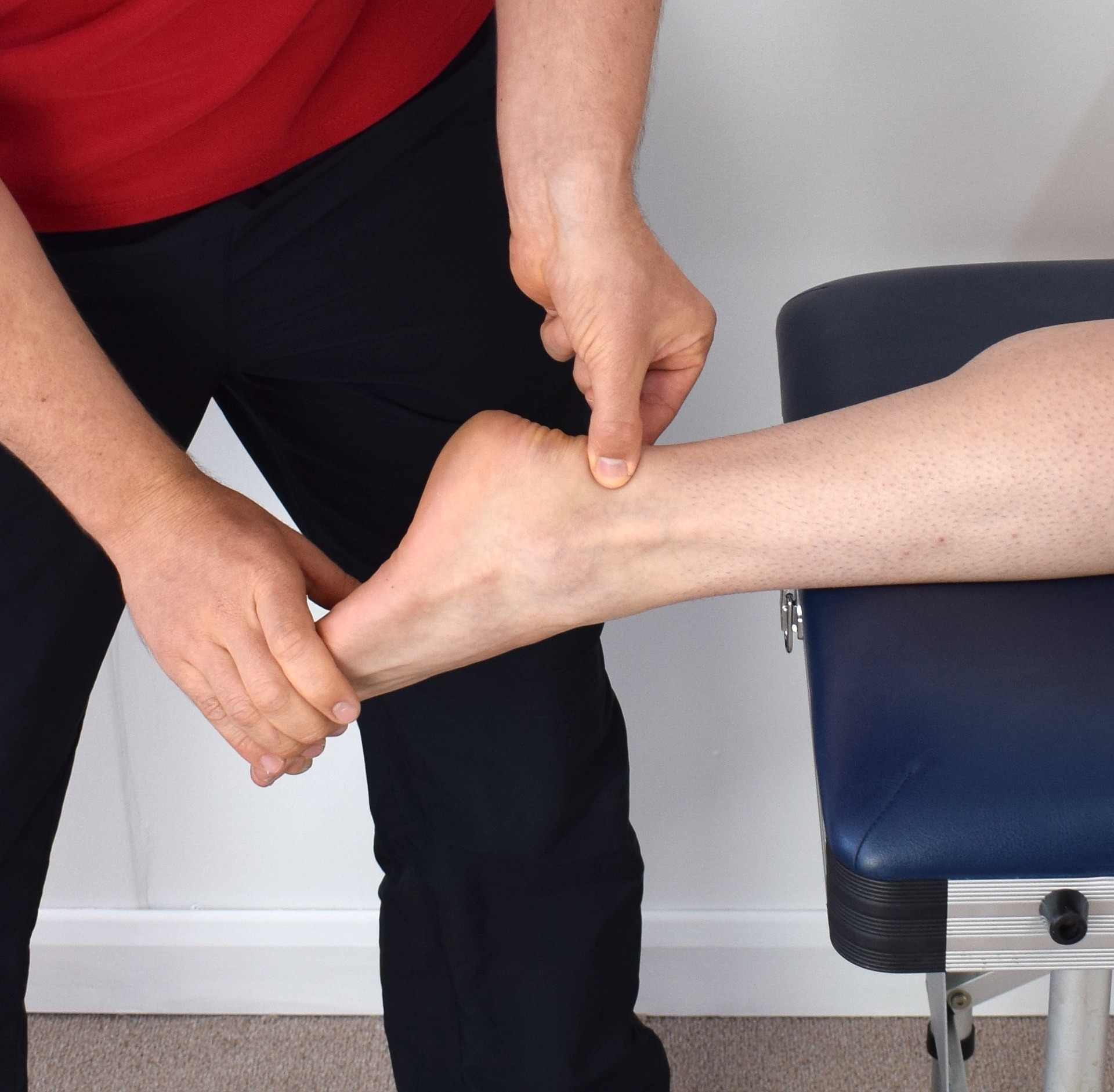"Expert NDIS physiotherapy, right at your doorstep."
Welcome to Physiotherapies!
Welcome to Physiotherapies!

Tendinopathy refers to injuries affecting the tendons, the strong bands of tissue that connect muscles to bones. This condition commonly impacts areas like the elbow (tennis elbow) and the Achilles tendon. Tendinopathy can result from repetitive overuse, such as work or sports-related activities, or acute injuries leading to inflammation (tendinitis) or degeneration and tearing of the tendon (tendinosis).
Pain and stiffness are key indicators of tendinopathy, and addressing these symptoms promptly is essential to prevent further damage and ensure a speedy recovery. By adhering to the Physio-4 Therapies for Tendinopathy, you can mitigate the risk of injury, promote healing, and regain strength and function. Let’s explore these four evidence-based approaches:
Adequate warm-ups play a critical role in preventing tendon injuries. Tendons and muscles are more susceptible to damage when subjected to sudden or excessive strain without proper preparation. Starting a training program too aggressively or without sufficient rest increases the risk of overloading tendons in vulnerable areas such as the Achilles, elbow, or shoulder.
Physiotherapists recommend integrating gentle, dynamic warm-up routines that gradually prepare your tendons and muscles for activity. These can include light aerobic exercises, joint mobilization, and controlled stretches. Consulting with a physiotherapist ensures your warm-up is tailored to your specific needs and activity level, helping to avoid unnecessary stress on your tendons.
Untreated or improperly managed past injuries can lead to biomechanical imbalances and altered movement patterns, placing undue stress on other parts of your body. For instance, a poorly healed ankle sprain might contribute to improper weight distribution, increasing strain on the Achilles tendon.
A physiotherapist can perform a comprehensive full-body assessment to identify these imbalances. By addressing old injuries and improving overall motor control, they can help restore optimal alignment and functional capacity, reducing the risk of developing tendinopathy in the future.
Tennis elbow, or lateral epicondylitis, is a common form of tendinopathy that affects the tendons on the outer part of the elbow. It’s often triggered by repetitive motions or improper lifting techniques, such as lifting objects with the palm facing downward.
To manage tennis elbow:
These targeted interventions can restore function while minimizing discomfort during everyday tasks.
Achilles tendinopathy often stems from overuse or improper mechanics, such as poor foot alignment, leg or pelvic imbalances, inappropriate footwear, or training errors (e.g., increasing intensity too quickly).
Key physiotherapy strategies include:
With personalized care, patients can expect significant improvements in function and a reduction in pain, enabling them to return to their activities safely.
Physiotherapists are highly trained healthcare professionals skilled in diagnosing and treating a wide range of musculoskeletal conditions, including tendinopathy. Using evidence-based practices, they can address the root causes of your pain, provide effective rehabilitation strategies, and educate you on preventing future injuries.
At Physiotherapies, our team specializes in personalized care for tendinopathy. Whether you’re dealing with tennis elbow, Achilles pain, or another tendon-related issue, we are here to guide you every step of the way. From tailored exercise programs to ergonomic advice, our goal is to keep you moving for life.
Don’t let tendinopathy slow you down. Contact our team at Physiotherapies for a comprehensive assessment and expert care. We offer in-clinic consultations, home visits, and NDIS-supported services to meet your unique needs.
Visit www.physiotherapies.com.au or call us today to book your appointment. Together, we’ll create a path to recovery and keep you moving with confidence.
